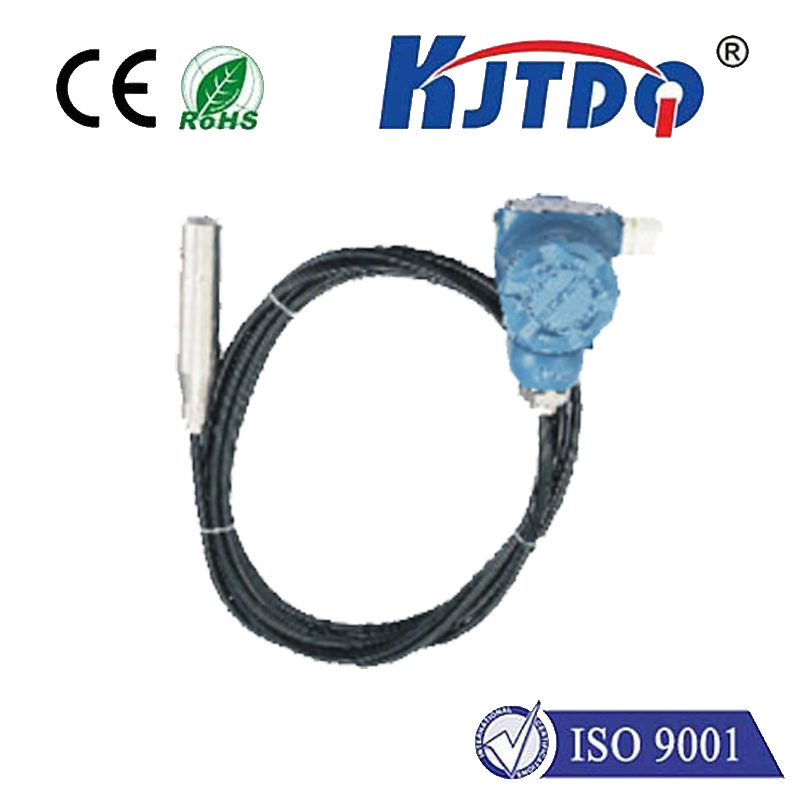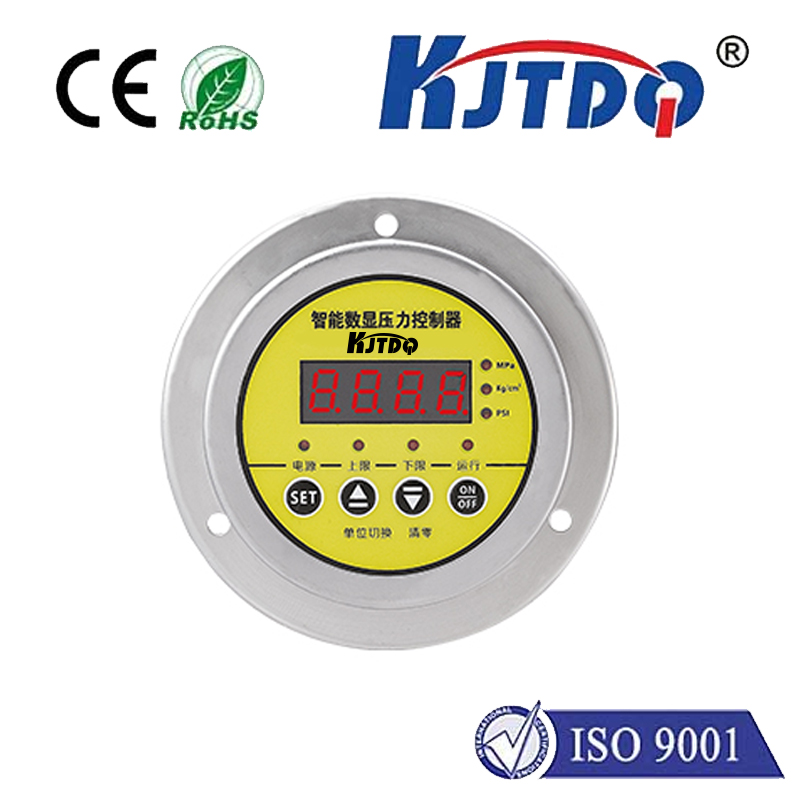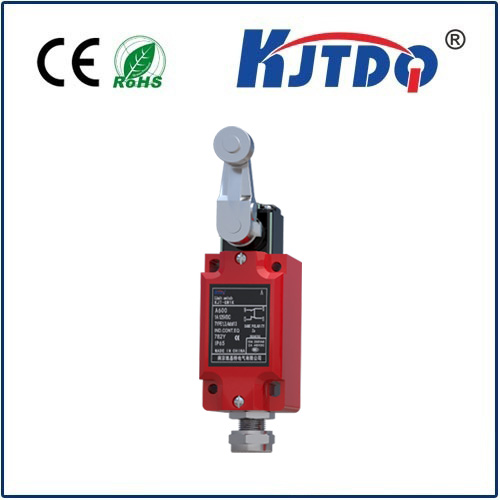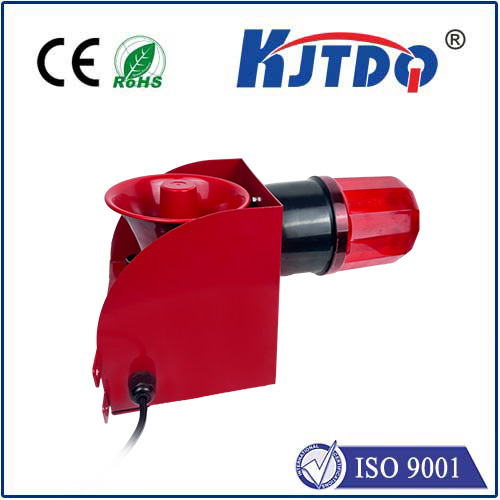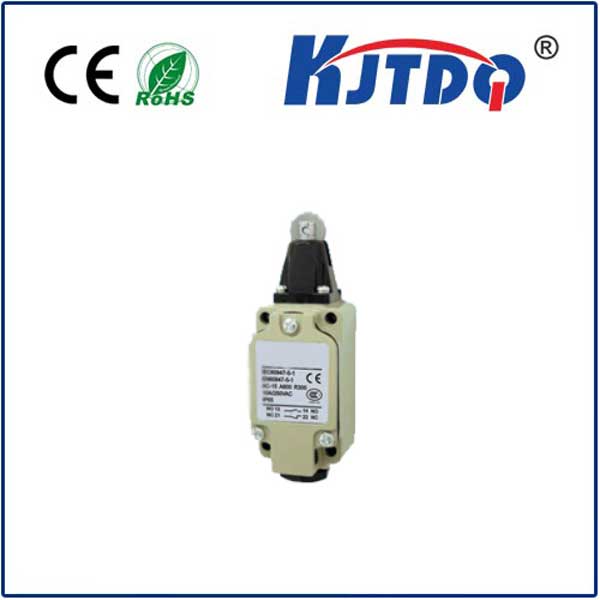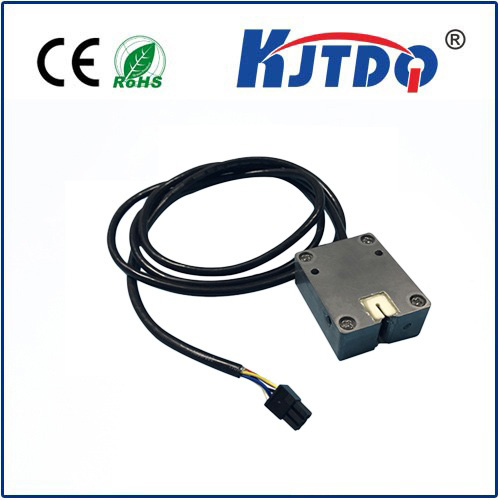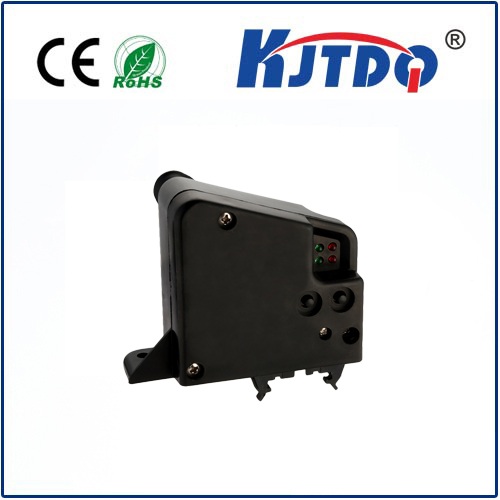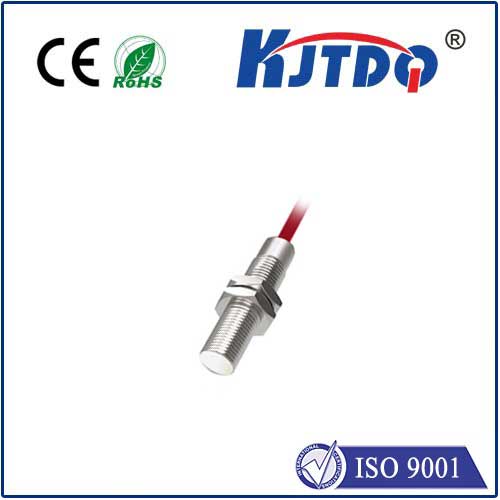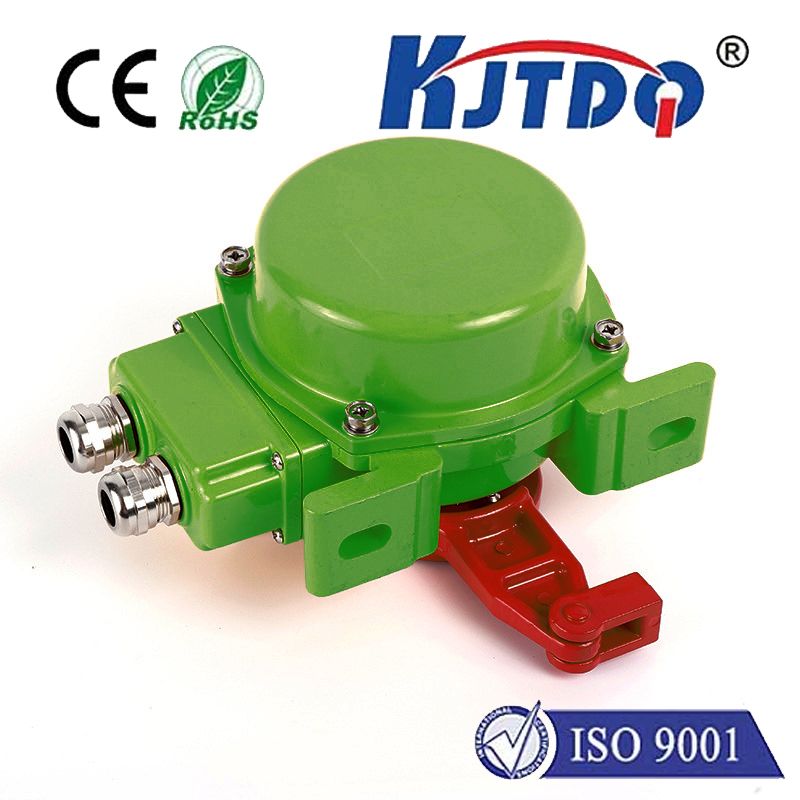
check

check

check

check

check

check

check
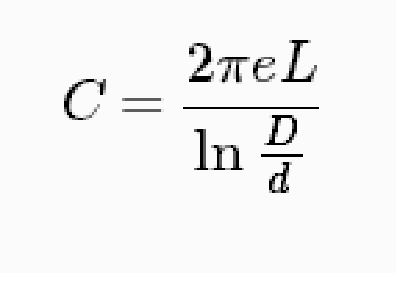
check

check

check
Title: The Advancements and Applications of Laser Photodiode Sensors
Introduction
Laser photodiode (LPD) sensors are a type of sensor that uses light to detect and measure various physical phenomena. They work by converting the energy from a laser beam into an electrical signal, which can be used for a wide range of applications, including temperature measurement, distance measurement, and motion detection. In recent years, LPD sensors have become increasingly popular due to their high accuracy, sensitivity, and versatility. This article will discuss the advancements and applications of laser photodiode sensors.
Advancements in Laser Photodiode Sensor Technology

The development of LPD sensors has been driven by technological improvements in laser sources, optical fibers, and electronic circuits. One significant advancement is the use of diode-pumped solid-state (DPSS) lasers, which offer higher stability, longer lifetimes, and lower cost compared to traditional lasers. Additionally, the use of high-speed photodiodes has enabled faster response times and greater resolution in LPD sensors.
Another important advancement is the integration of LPD sensors with other technologies such as wireless communication and artificial intelligence (AI). For example, LPD sensors can be used in combination with GPS systems to measure distance and determine speed accurately. Similarly, AI algorithms can be applied toLPD sensor data to identify patterns and make predictions about future events.
Applications of Laser Photodiode Sensors
The applications of LPD sensors are diverse and expanding rapidly. In thermometry and thermocouple monitoring industries, LPD sensors are widely used for measuring temperature differences between two surfaces or objects. This technique is particularly useful in industrial processes where precise temperature control is critical.
LPD sensors are also commonly used in distance measurement applications. For instance, they can be used in security systems to detect intruders who attempt to enter a protected area without authorization. By analyzing the variations in light absorption caused by the intruder's body heat, LPD sensors can determine the presence and distance of the intruder.
In addition to these applications, LPD sensors have found numerous other applications in fields such as healthcare, automotive safety, and environmental monitoring. For instance, LPD sensors can be used to measure blood glucose levels in diabetes patients or to detect gas leaks in vehicles. They can also be used to monitor air quality and water flow in real-time environments such as hospitals or factories.
Conclusion
The increasing popularity of laser photodiode sensors is a testament to their effectiveness and versatility. With ongoing advancements in technology, it is likely that LPD sensors will continue to play an essential role in a wide range of industries and applications. As researchers explore new ways to incorporate LPD sensors into more complex systems, we can expect even greater innovations to emerge in the field of sensor technology.
